It is hard to predict the future. Few, if any, foresaw the steep fall of oil prices. Or, for that matter, the possibility of Trump as a major party nominee for U.S. President.
In considering a new board appointment as an independent director, tracking the past performance of the business and making a sector call, as you would in making any investment decision, are fundamental. That said, it is tough to be certain about what truly lies ahead even with the highest quality company in the hottest, most successful sector. CEOs may abruptly depart. Products could be recalled. Regulators or legislators intervene. Activists make demands. Unsolicited, hostile bids may be made for the enterprise. Merger or major acquisitions opportunities present themselves.
In this reality, the established board calendar is best seen as a floor, not a ceiling. If nothing out of the ordinary occurs, these meetings are certain to happen. Anything unusual that strays onto the radar has the potential to significantly – even exponentially – increase the call on a director’s time, attention and, ultimately, reputation.
 In looking at a board, while you cannot predict the future with precision, what is possible is to get a clear line of sight into who will be in the foxhole with you when the bullets start to fly. That is where investing in that one or two additional conversations can pay significant dividends. Apart from the time spent studying filings, speaking with search professionals and meeting Governance Committee members in an interview setting, it makes sense to seek to connect with other future board colleagues and even a few who recently retired off the board.
In looking at a board, while you cannot predict the future with precision, what is possible is to get a clear line of sight into who will be in the foxhole with you when the bullets start to fly. That is where investing in that one or two additional conversations can pay significant dividends. Apart from the time spent studying filings, speaking with search professionals and meeting Governance Committee members in an interview setting, it makes sense to seek to connect with other future board colleagues and even a few who recently retired off the board.
Board Work is a Team Exercise
Board work is a team exercise. You need to know that you can identify with and have a productive – in fact, an enjoyable and rewarding–working chemistry with the others at the table. Taking the time and care to gauge the values, temperament and thinking of those who have already made the decision to sign on is an essential, but often overlooked or truncated highly valuable step. Doing this due diligence just makes sense. After all, you are all aiming to be together for a very long time. Often in intense, high stakes circumstances. Leveraging the experience and insights of current and past directors is the best way to get a granular sense of how (and how well) the board works together and, equally important, with senior management.
What you want to know is how does the board explore issues and make decisions. How do they and the Company’s management think about shareholder relationships? What is the balance between compliance-geared box ticking and broader, richer discussions of operational and strategic issues facing the business? How does the CEO truly see the relationship with the Chair and the other directors–as a valued source of experience and constructive pressure testing or a quarterly process to be managed through? Has the Company or its directors faced adverse circumstances in the past and how did they respond? How comfortable are the directors that they really know the top talent in the organization beyond the CEO, the CFO and the handful of others who episodically present? Do the directors have conviction that the board makes good decisions?
Adding a New Board Director
Adding a new director really is and should be a mutual exploration. It is important that the fit be equally strong on both sides. That said, pragmatically speaking, as a board candidate how do you ensure you will have both the opportunity and the time to drill down and get comfortable without looking presumptuous or unduly high maintenance? The Company board rightly takes the lead in considering those available for a seat. Diplomatically and once you make the shortlist, you need to signal that, if you are the preferred option, you will want to ensure that there will be time for targeted, efficient additional conversations. You want to be clear on who you would benefit from speaking with, what you hope to learn and underscore that you understand the importance of getting this done expeditiously. These future colleagues need to know that you are focused on ensuring the right long term fit for them and for you by investing time to deepen your knowledge and speed your integration before making a final commitment. As a practical matter, that is as simple as asking early on when the proxy circular needs to go to bed to ensure there will be adequate time between any offer of a directorship and completing your own work.
It is, after all, easier to get on a board than off. It is in everyone’s interests to invest the effort to measure twice and cut once!
